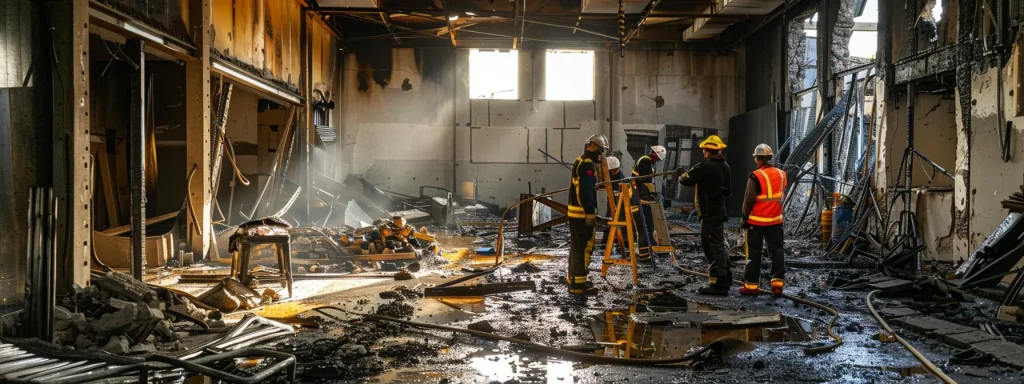Residential Fire Damage Restoration: What You Need to Know
Are you facing the challenge of restoring your home after a fire? This blog post explains the residential fire damage restoration process, covering evaluation of emergency services and key steps in cleanup and recovery. It shows how clear strategies can help tackle issues such as structure damage and smoke odour removal. Readers will gain practical advice that addresses common pain points and provides actionable insights for effective restoration and future fire prevention.
Understand the Residential Fire Damage Restoration Process

Residential fire damage restoration begins with assessing the extent of fire damage to identify areas requiring immediate attention, including risk zones and potential hazards. Key elements such as plumbing, drying areas, and data integrity are evaluated to form a practical action plan aimed at effective restoration.
Assess the Extent of Fire Damage for Effective Restoration
The process begins with a detailed visual evaluation to gauge the impact on surfaces such as the ceiling, walls, and flooring. Special attention is given to smoke damage as well as structural concerns that might necessitate demolition to prevent further hazards and ensure home fire safety.
Professionals carry out a thorough review of fire smoke damage, verifying that potential weak points are clearly identified and addressed. This targeted assessment ensures that every step aligns with current restoration principles, providing practical solutions that benefit homeowners directly.
Identify Key Areas That Need Immediate Attention After a Fire
After a fire, the first focus is to determine which areas require immediate intervention, with special emphasis on controlling dust and initiating smoke restoration efforts. Critical areas often include spaces where water damage may have occurred due to firefighting methods, ensuring that every step taken meets strict safety standards and practical repair needs.
Officials ensure that priority is given to regions where carpet cleaning is essential, as lingering contaminants can hinder the restoration process and pose health risks. A thorough review of these zones guarantees that subsequent measures cover all aspects of safety and restoration without unnecessary delays.
Create a Detailed Action Plan for Restoration Steps
The restoration team designs a comprehensive action plan after evaluating the damage from fire, ensuring that specific hazards such as soot damage and residual grease are carefully addressed. The professionals in Philadelphia work with precision, using specialised cleaning agents on surfaces including plastic, while their customer service guarantees that homeowners remain informed throughout the process.
The detailed plan outlines each step required to restore safety and functionality, with measurable targets to minimise further risks. The team applies proven methods to eliminate stubborn contaminants like grease and soot damage, ensuring that every operation meets industry standards and provides reliable customer service from start to finish.
Evaluate Emergency Services for Fire Damage Restoration
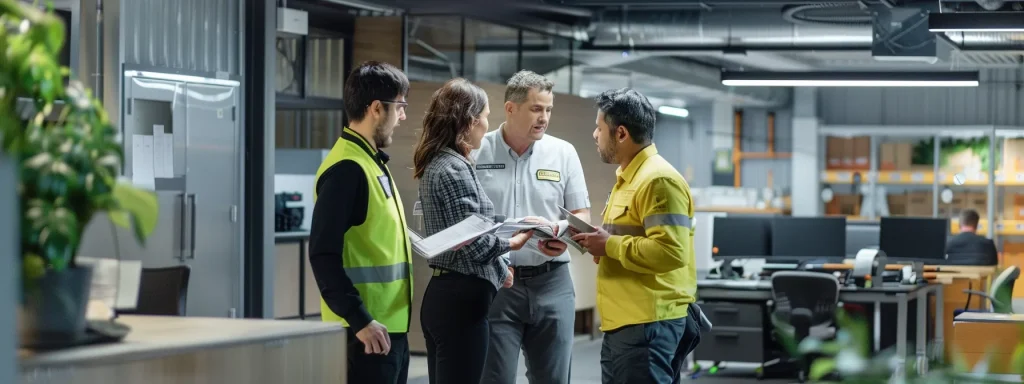
Find reliable fire damage restoration services near your crawl space and other affected zones. Confirm the provider holds proper certifications and strong safety protocols, notably in cleaning areas impacted by heat and stain. Customer feedback offers practical insights into service quality to help guide effective restoration planning.
Find Reliable Fire Damage Restoration Services in Your Area
The team carefully selects local professionals who use advanced tools such as a ventilator to clear harmful residues and ensure efficient remediation. They also instruct homeowners to document the damage early, highlighting areas affected by water and ensuring that all concerns, including upholstery restoration, are addressed swiftly.
These experts provide practical guidance to homeowners while identifying the right professionals equipped with the proper tool and techniques for fire damage restoration. Their precise procedures include checking all affected areas to confirm that water damage is alleviated and that upholstery is treated, all while using a ventilator to maintain air quality.
Check if the Service Provider Has Appropriate Certifications
Certified fire restoration experts verify that their teams possess the necessary training and valid certifications before initiating any work. They ensure that all personnel use approved personal protective equipment and operate in compliance with strict guidelines covering asbestos, sewage, and other potential hazards, giving homeowners clear confidence in their approach and adherence to insurance standards.
Skilled service providers maintain active accreditation to demonstrate that their practices align with industry standards. Their commitment to proper certification reassures clients by confirming that the restoration process addresses fire restoration intricacies and relevant risks, including asbestos and sewage management, with all work covered by legitimate insurance policies.
Review Customer Feedback to Gauge Service Quality
The evaluation of customer feedback offers clear information on the reliability and effectiveness of fire damage restoration services. Homeowners value reviews where clients mention prompt responses from the fire department, efficient cleaner services, and the use of high-grade equipment such as hepa filters and specialised window cleaning techniques.
Practical insights from previous clients help in selecting a provider that meets strict industry standards. Detailed feedback covering aspects like responsiveness of the fire department, the proficiency of cleaners in tackling residual damage, and care towards window maintenance is beneficial for making informed decisions.
Examine Steps in Fire Damage Cleanup and Recovery
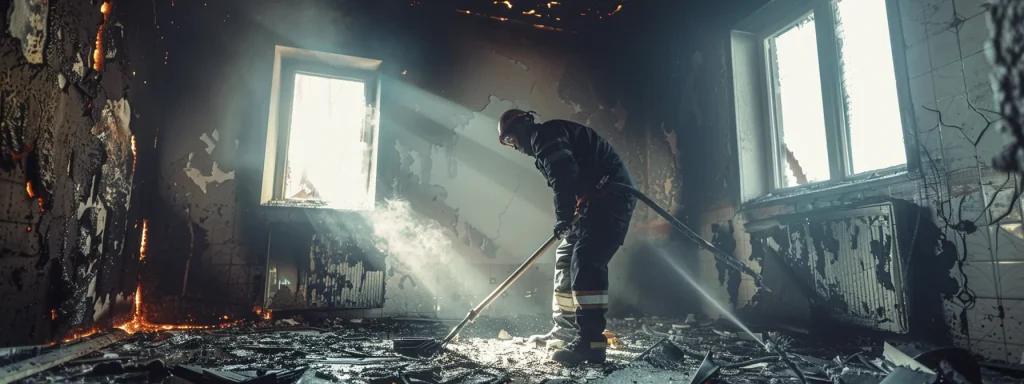
Focus on safety protocols during early cleanup, removing soot from walls and surfaces, and addressing water damage from firefighting. The section outlines steps to protect the building from persistent odor and damaged paper materials using effective water restoration techniques, ensuring a clear plan for rapid recovery.
Follow Safety Protocols During the Initial Cleanup Phase
During the initial cleanup phase, professionals ensure that glass remnants and hazardous materials are isolated, following nfpa guidelines for safety and practical removal. This precise approach also addresses textile remnants and protects essential components like the furnace, ensuring any sharable risks are mitigated effectively.
Experts advise that early measures include thorough checks of cleaning methods to prevent further damage while securing the area. The team shares expert insights on handling delicate materials to effectively reduce risks and align with nfpa standards, ensuring that every step supports a clear path to recovery.
Remove Soot and Smoke Residues From Walls and Surfaces
Professionals target the effective removal of soot and smoke residues from walls and surfaces by implementing expert cleaning techniques that include strategic ventilation to clear lingering contaminants. They ensure thorough cleaning, even when cooking or flame incidents cause stubborn deposits, while adhering to safety standards and insurance policy requirements.
The restoration process involves detailed attention to surface integrity, utilising precise methods for residue removal that align with practical cleaning practices. Experts maintain consistent ventilation during the cleaning process, ensuring that traces from flame exposure are eradicated and supporting claims under a valid insurance policy.
Address Water Damage Caused by Firefighting Efforts
Firefighter teams often report that water damage from firefighting can leave significant issues, especially in areas like the basement. This damage may impact crucial elements such as drywall and even affect installations around the stove, which fire restoration services address promptly to prevent further deterioration.
Observations from fire restoration services indicate that prompt intervention minimizes long-term issues caused by firefighting efforts. Professionals focus on careful evaluation and treatment of water-exposed surfaces to restore functionality and ensure that compromised areas, whether in the basement or near essential fixtures, are fully repaired.
Explore Restoration of Damaged Structures and Contents
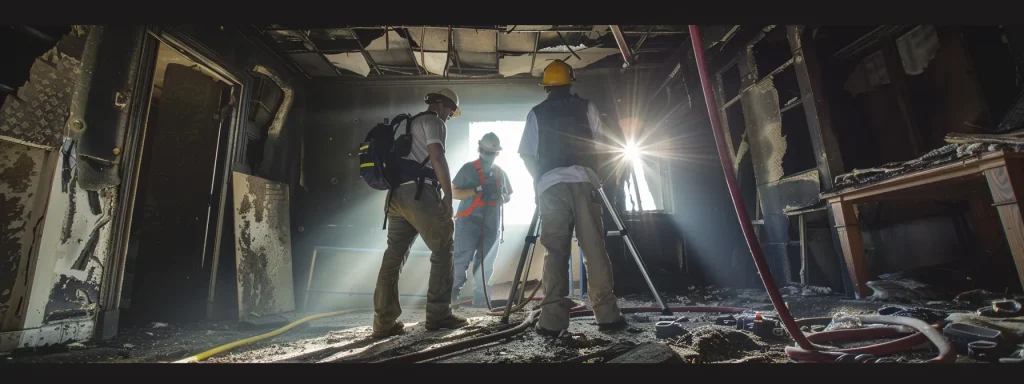
Assess structural damage and repair fire-damaged elements while considering corrosion risks, oil exposure, and overall cost. Homeowners must clean and restore belongings or decide on replacement. National standards guide this damage restoration process to ensure safety and reliability, offering practical insights for each step.
Assess and Repair Fire-Damaged Structural Elements
Experts carefully assess structural stability after fire incidents, ensuring that every aspect of the property—from propane lines to compromised beams—meets safety requirements. Their inspection includes checking the space for potential hazards and noting any issues with electricity that could affect lighting or the overall integrity of the structure.
Skilled restorers then repair damage, applying practical solutions like replacing deteriorated paint and upgrading damaged components. The process guarantees that each repair aligns with rigorous standards, safeguarding the property and restoring functionality with precision.
Clean and Restore Personal Belongings Affected by Fire
Specialised restoration experts in fire damage cleanup carefully inspect personal belongings to determine the best method to clean and repair items affected by fire and wildfire incidents. They prioritise emergency service measures to address critical issues, ensuring that contamination is removed and clothing is restored to a safe condition without leaving behind any harmful lead residue.
The process involves detailed cleaning procedures that cater to different materials, providing homeowners with effective solutions for recovering cherished items damaged during fires. By applying practical techniques and trusted methods, professionals guarantee that every part of the restoration aligns with strict safety guidelines and meets the specific needs of each client.
Decide on Items That Require Replacement Versus Restoration
Expert assessors consider each item individually when deciding between replacement and restoration, focusing on fire damage and the extent of smoke damage restoration required to salvage personal belongings. They evaluate whether electronics or other sensitive materials can undergo remediation procedures without compromising safety, while also considering the use of ozone treatments to neutralise residual contaminants.
Practical evaluation of damaged structures and contents guides professionals in choosing cost-effective strategies, ensuring that items with severe deterioration are replaced. This careful decision-making process is supported by hands-on experience with remediation practices that guarantee thorough fire damage recovery and effective smoke damage restoration, giving homeowners clear guidance on next steps.
Investigate the Importance of Smoke Odour Removal
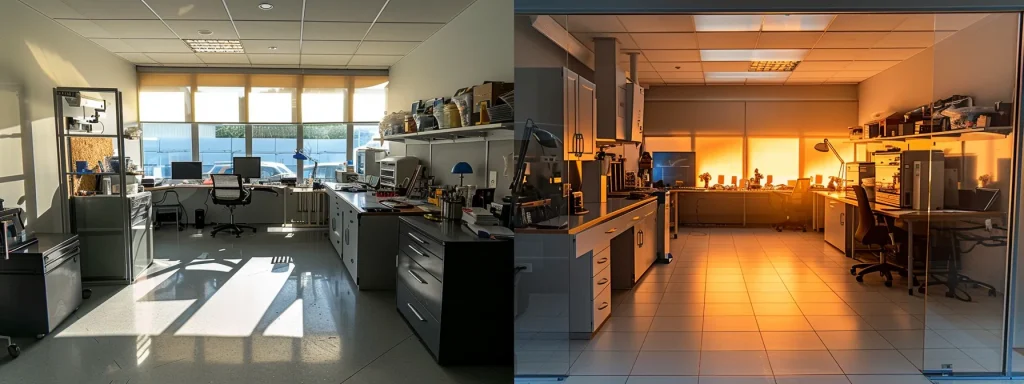
Effective smoke odour removal is crucial in firedamage restoration. Professionals use appropriate techniques to eliminate lingering smoke smells, implement air purification methods to remove particulates and improve indoor quality, and advise on professional services for metal protection and comprehensive damage control. This approach ensures practical recovery and long-term safety in restoration projects.
Use Appropriate Techniques to Eliminate Lingering Smoke Smells
Professionals apply proven techniques to eliminate lingering smoke smells, utilising equipment such as industrial-grade air purifiers to treat affected areas. The process often involves a thorough smoke damage cleanup, which includes specific treatments for carpet and hard surfaces to neutralise odour contaminants commonly left after a disaster and to ensure clients can promptly skip to content in a refreshed space.
Specialists often rely on methods endorsed by industry leaders, including servpro standards, to guarantee that all treated areas meet safety and quality expectations. These experts address the unique challenges posed by persistent smoke odours to offer homeowners reliable solutions, ensuring that every phase of the restoration process contributes positively to indoor air quality.
Implement Air Purification Methods for Better Indoor Air Quality
Residential fire damage restoration experts use air purification methods to significantly improve indoor air quality after a fire. They ensure effective removal of particulates and lingering contaminants, while also maintaining open communication with the customer throughout remediation, especially when addressing challenges like duct cleaning and residual debris from damages sustained during the incident.
Practitioners apply advanced air treatment techniques that minimise airborne pollutants and neutralise odours. They work closely with customers to monitor progress and adjust procedures as needed, ensuring that the purification system effectively manages debris and any damage-related contaminants from duct systems while promoting a healthier environment.
Consider Professional Odour Removal Services for Best Results
Professional odour removal services offer a tailored approach that efficiently addresses persistent smoke odours after a fire incident. The experts perform a thorough inspection and apply advanced techniques, which often include the use of a high-powered vacuum cleaner and specialised methods that complement water damage restoration and effective smoke removal strategies in confined space areas.
Experienced service providers ensure that each removal operation meets rigorous industry standards while delivering reliable and sustainable results. They combine practical expertise with precise equipment to guarantee that the odour elimination process supports the overall fire damage restoration efforts, easing homeowner concerns and ensuring a safer environment.
Prepare for Future Fire Prevention Measures
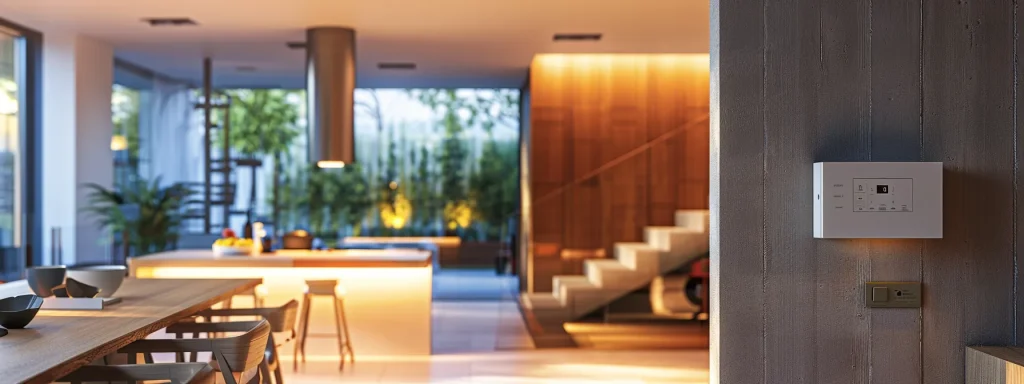
Install smoke detectors and fire alarms, conduct routine fire safety drills, and secure areas with potential hazards. Homeowners should consider installing a fire sprinkler system, check the air filter regularly, and ensure all appliances, including the oven, meet national fire protection standards to prepare for any emergency. Detailed strategies will follow to help manage these practical measures.
Install Smoke Detectors and Fire Alarms in Key Locations
For effective fire prevention, property owners are advised to install smoke detectors and fire alarms in key locations to secure their skin and structural integrity. Such devices are critical in alerting occupants to potential fire hazards before damage escalates, thereby reducing the risk of mold growth and the need for extensive restoration services.
Manufacturers recommend placing detectors near high-risk areas and using an air purifier to complement early warning systems. This approach reinforces safety protocols and assists fire management strategies, ensuring that essential equipment functions optimally during incidents.
Conduct Regular Fire Safety Drills With Your Household
The team advises conducting regular fire safety drills with the household to reduce risks and ensure quick reaction in an emergency. Homeowners recognise the importance of minimally disturbing furniture arrangements while maintaining proper moisture control to avoid mildew formation, thus protecting both fire safety and overall health.
Experts recommend scheduled drills that simulate realistic scenarios to bolster confidence and readiness. Clear instructions during these exercises allow families to understand the proper steps to secure valuables and key items, preserving property and reducing potential damage to furniture while enhancing health and safety protocols.
Evaluate and Secure Potential Fire Hazards Around Your Home
Experts assess potential hazards around the home by reviewing construction elements and the placement of items such as curtains that could contribute to contamination during a fire. They also compile an inventory of vulnerable areas and materials, ensuring that every measure taken facilitates efficient fire damage restoration and maintains future safety.
The evaluation process includes securing loose construction components that may pose risks and verifying that each element meets safety standards. Practical insights from seasoned professionals guide homeowners in making necessary adjustments, reducing contamination risks and streamlining subsequent fire damage restoration efforts.
Conclusion
Timely restoration of residential fire damage ensures that every affected area is examined thoroughly to prevent further hazards. Experts use proven techniques for soot, smoke, and water damage removal to maintain both safety and property integrity. Detailed plans guide homeowners in reducing health risks and sustaining a secure, comfortable living environment. These methods also promote informed fire prevention measures, empowering property owners with practical strategies for the future.

